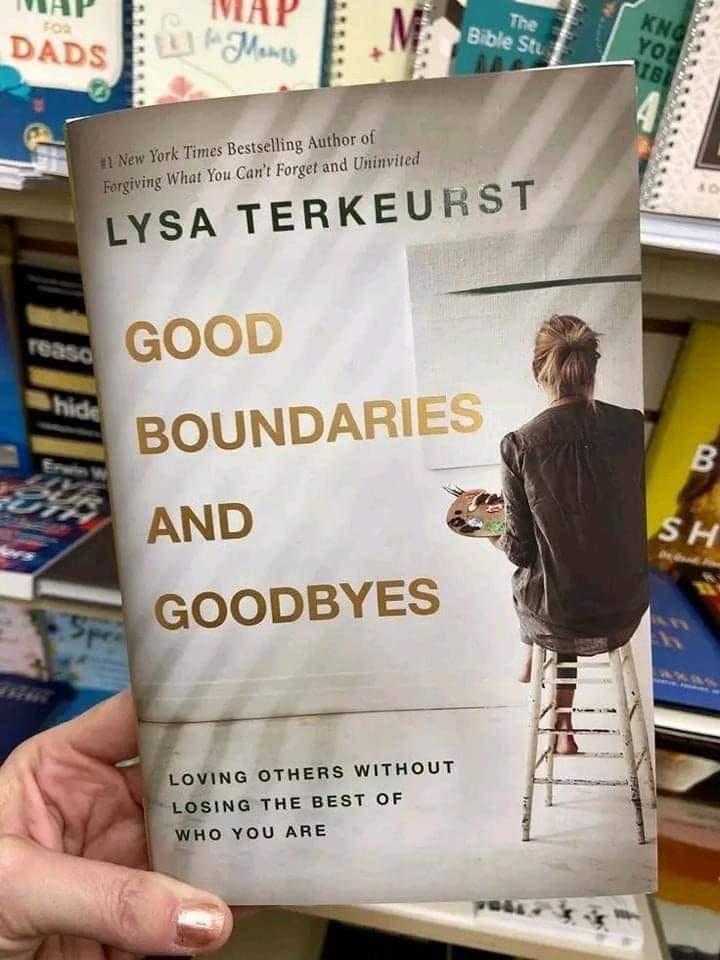Good Boundaries and Goodbyes: The Art of Healthy Relationships
Establishing good boundaries and knowing when to say goodbye are essential skills for maintaining healthy relationships. Whether in personal or professional contexts, boundaries help define what is acceptable behavior, while goodbyes can provide closure and pave the way for new beginnings. Here’s how to navigate these crucial aspects of relationships effectively.
Understanding Boundaries
Boundaries are the limits we set for ourselves and others regarding what we find acceptable in relationships. They protect our emotional, physical, and mental well-being. Good boundaries allow us to honor our needs while respecting those of others.
1. Types of Boundaries:
- Emotional Boundaries: Protect your feelings and emotional well-being. This includes not taking on the emotional burdens of others or allowing someone to manipulate your feelings.
- Physical Boundaries: Relate to personal space and physical touch. It’s important to communicate your comfort levels clearly.
- Time Boundaries: Define how you spend your time, ensuring you make space for your priorities.
- Material Boundaries: Relate to your possessions and how you share or lend them.
2. Communicating Boundaries:
- Be clear and assertive about your needs. Use “I” statements to express how you feel, such as “I need some time alone to recharge.”
- Be consistent. Reinforce your boundaries by maintaining them, even when challenged.
The Importance of Goodbyes
Sometimes, despite our best efforts, relationships become unhealthy or unfulfilling. Knowing when to say goodbye can be difficult, but it’s often necessary for personal growth and well-being.
1. Recognizing When to Say Goodbye:
- Toxicity: If a relationship consistently causes you distress, anxiety, or harm, it may be time to reevaluate its place in your life.
- Lack of Growth: Relationships should foster growth. If you feel stagnant or unsupported, it might be time to move on.
- Different Paths: People change, and sometimes, friends or partners grow in different directions. Acknowledging this can lead to healthier dynamics, even if it means parting ways.
2. Navigating Goodbyes:
- Be Honest and Compassionate: When ending a relationship, communicate your feelings honestly while being respectful of the other person’s emotions.
- Choose the Right Setting: Have the conversation in a private, comfortable environment to foster open dialogue.
- Allow for Closure: Share what you appreciated about the relationship, and give both parties the opportunity to express their thoughts and feelings.
The Balance of Boundaries and Goodbyes
Establishing good boundaries can sometimes prevent the need for goodbyes by fostering healthier interactions. When boundaries are respected, relationships can thrive. However, if boundaries are repeatedly crossed or disrespected, it may signal the need for a goodbye.
1. Self-Reflection: Regularly assess your relationships. Are they fulfilling? Do they respect your boundaries? Self-reflection helps you stay attuned to your needs and recognize when change is necessary.
2. Prioritize Your Well-Being: Remember that your well-being comes first. Healthy relationships enhance your life; if they detract from it, it’s okay to let go.
Conclusion
Good boundaries and goodbyes are vital tools for fostering healthy relationships. By learning to set and communicate your boundaries effectively, you empower yourself and those around you. When it’s time to say goodbye, doing so with honesty and compassion allows for personal growth and closure. Embracing these practices can lead to more fulfilling connections and a deeper understanding of yourself and others.
